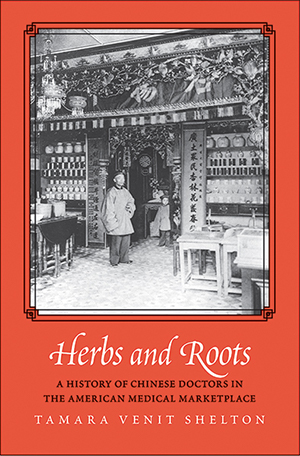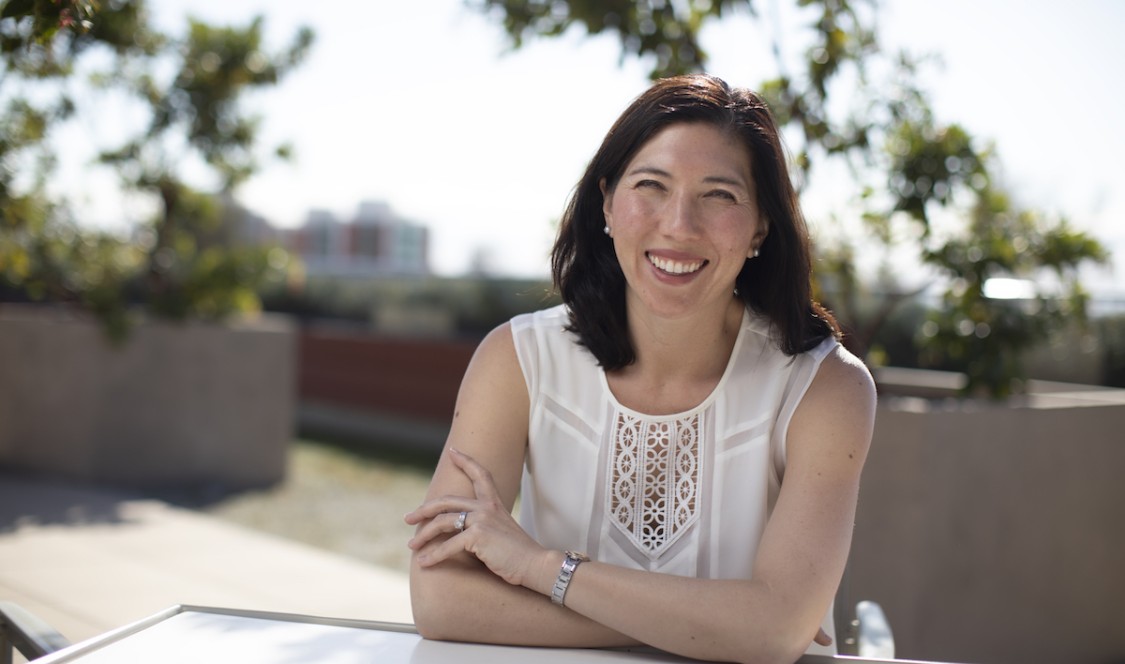As a social historian, Tamara Venit-Shelton finds joy in detailing the lives of everyday people. The CMC history professor’s latest research yielded extraordinary insights as she chronicled the centuries-old influence of Chinese medicine in America. Her book, Herbs and Roots: A History of Chinese Doctors in the American Medical Marketplace, considers how we determine what’s credible in medicine, as well as how cultural stereotypes take hold and get exploited—even by those being oppressed.
Your previous book, A Squatter’s Republic, was about land and politics in California. What drew you to Chinese medicine as a research subject?
I was living in Oregon and became aware of a Chinese doctor named Ing Hay and this quite remarkable apothecary (now a heritage site and museum) he operated from 1887 to the 1940s. I started wondering what other Chinese doctors were in the United States. I kept finding more men and women working as Chinese herbalists dating back to 1799. It was also new and exciting for me that the research included oral histories. Through a network of friends and family, I was able to locate the American-born children of Chinese herbalists. Many of them had stashed away in Tupperware bins their parents’ old business records, letters, advertisements, and prescription pads. One woman in Tucson, Anna Don, had boxes and boxes of records and artifacts left over from her dad’s business. I was able to arrange to have it all deposited into special collections at the Claremont Colleges. Now, any researcher can go to our Honnold/Mudd Library and look through Anna Don’s family papers, which for me, as a historian, is a really gratifying thing.

Herbs and Roots by Tamara Venit-Shelton
What about your research made you think it would be compelling for readers?
What I learned raised questions about the nature of medicine and of human health. It seems to me that the history of Chinese medicine is a good way to think about what constitutes medical knowledge. What do we believe in and who do we see as medical authorities? Chinese doctors marketed their services by promoting what we might think of as natural medicine. That’s a preconception many Americans still have—that Chinese medicine is more natural and safer. As a historian, I wanted to interrogate that concept. What does it say about America, at this modernizing moment, that people sought out alternatives to mainstream scientific medicine? I think it says a lot about the anxiety with which Americans confronted modernity.
You write about how non-Chinese women, in particular, sought out Chinese herbalists. Why was that?
For many women, encountering Western-style scientific medicine was to face trauma. If you had anything wrong with you and you went to the gynecologist, chances are he would cut you open, and this is a time when surgery was not sterile. I found many examples of women seeking out Chinese medicine because it was non-invasive.
How did Chinese practitioners succeed during a time of anti-Chinese racism?
One way was by capitalizing on it. A lot of the book concerns the ways Chinese doctors used racialized expectations of their backwardness, their anti-modernity, to attract American patients. Some Chinese doctors wore suits and ties at home and then went to the office and adorned themselves in silk robes because they knew that’s what patients expected. They turned anti-Chinese racism to their advantage, and in so doing, they perpetuated the stereotype.
—Dennis Arp

